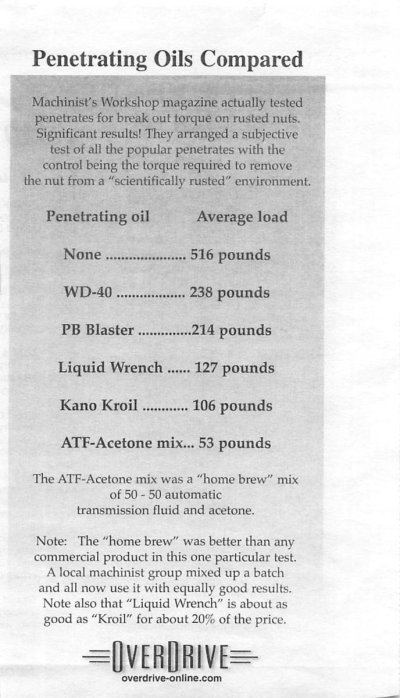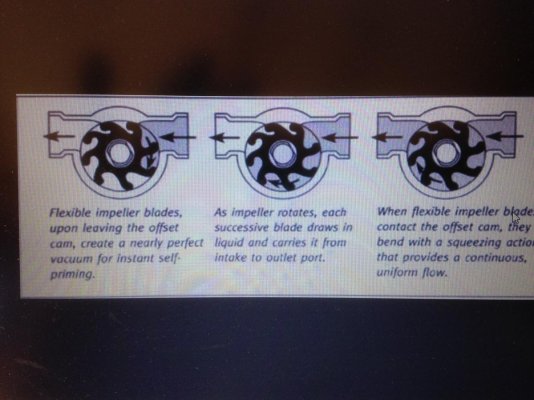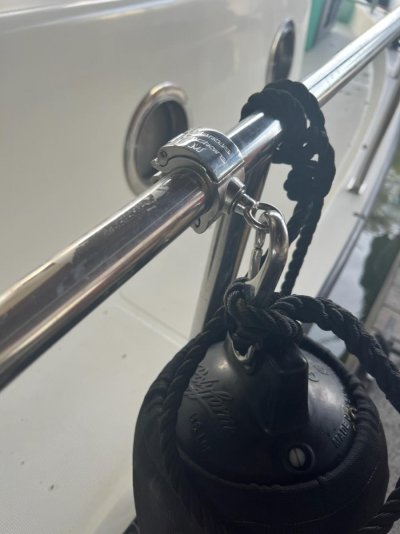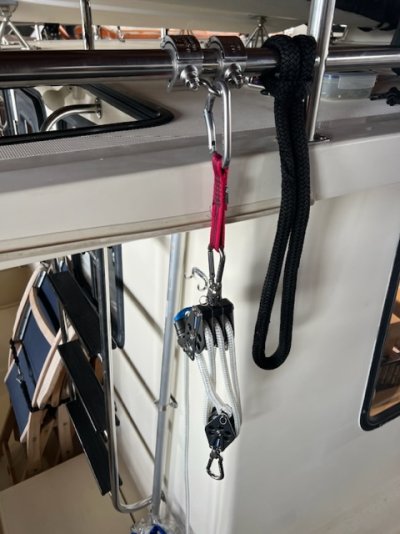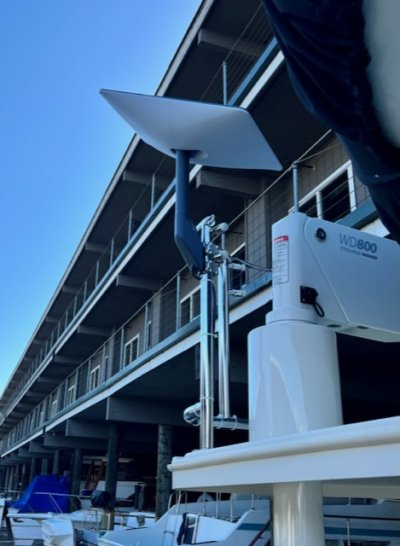MichaelD
Veteran Member
One of the charming and valuable features of TF is the "secret recipes" and tips that people share, things you don't find in the standard manuals of boating how-to. But these tend to be scattered around, tagged onto threads on other subjects. So I thought I 'd start a thread just for this topic. After this introduction, I'll post a starter.

